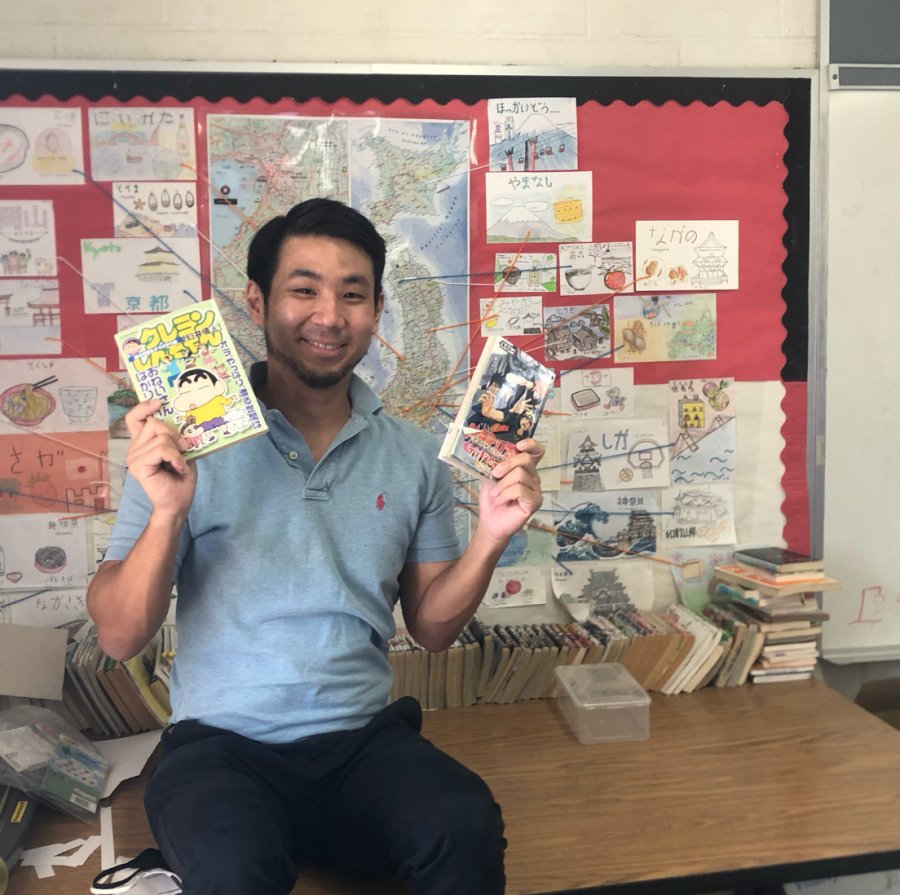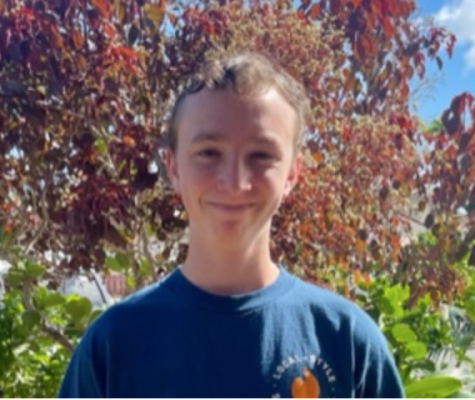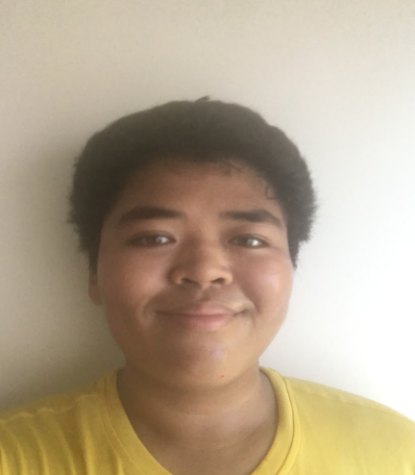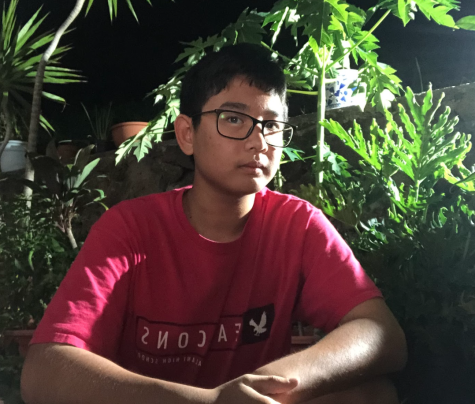Japan has deep roots in Hawaii, Kalani
Mr. Masuda, one of Kalani High School’s Japanese teachers holds up manga in front of a board with Japan’s prefectures in room C26. In class, students learn about the language and the culture.
November 14, 2022
Today, 14% of people in Hawaii have Japanese ancestry, and it has been a popular, sometimes imperative language to know since 1885, according to National Geographic. Consequently, Kalani High School students can choose Japanese as an elective, and the class teaches the language and culture of Japan.
Yuuka Brown (11) is a Junior in Mr. Masuda’s Japanese 4 class. She believes that learning Japanese is essential, not just for connecting with locals but also for the future.
“Well, especially living in Hawaii, if I decide to stay here, there’s a lot of Japanese people,” Brown says. “Just knowing a language is good to put on any application.”
Brown enjoys this class because it forces her to meet and talk to classmates in another language and she would recommend it to others because of how much effort the teachers put in for their students.
“I feel like languages are an especially hard thing to teach,” Brown says. “They find a way to do things that make it easier, and more understandable.”
Rylee Umakoshi (12) is also a student in Mr. Masuda’s Japanese 4 class and says the best thing about the class is the learning environment that their teacher has created.
“The teachers, they’re so nice and understanding because a language is very hard to learn and for a lot of people it’s really hard to grasp so they do their very best to pace the class with what the students are comfortable with,” Umakoshi says. “I think that helps out a lot because the students can learn a lot better and they’re not as stressed about it.”
Brown feels the Japanese class has “solidified my skills” as a Japanese speaker and writer. Even though she took Japanese when she was younger, she didn’t know how to write in Kanji.
“I feel like this class has really helped me relearn things that I forgot,” she explains.
A normal day in the classroom consists of greetings or note-taking. They practice with worksheets and b by conversing in Japanese. Brown notes that the experience is quite enjoyable.
“I think it’s good, especially if you have friends in the class or you want to meet new people,” she says. “So yeah, it’s fun.”
According to students, the class also aims to teach students about Japanese culture. They learn about holidays and festivals, and the importance of spring.
“It’s really fun because sometimes our teachers incorporate games to help us understand what goes on during these festivals,” Umakoshi says.
Umakoshi recommends this class to everyone who is interested in Japan. Japanese is also a part of her heritage, so she feels that she is creating a bridge back to her roots.
“It feels really fun and makes me feel more connected to my family,” Umakoshi says.





